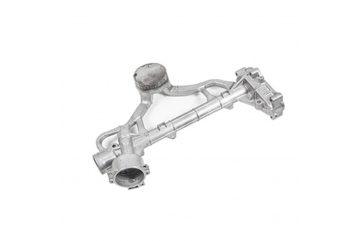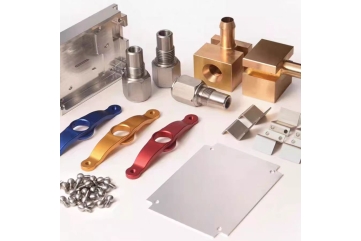What are the disadvantages of zinc die casting?
Zinc die casting is a popular manufacturing process, especially for producing complex, high-volume parts with excellent surface finishes and tight tolerances. However, it has its disadvantages:
1. Cost of Equipment and Tooling
High Initial Costs: The equipment and tooling for zinc die casting can be expensive. This includes the die-casting machine and the custom molds (dies). The high initial investment is justified only for large production runs, making it less cost-effective for smaller batches.
2. Material Limitations
Density: Zinc is denser than some other metals, like aluminum and magnesium, which can result in heavier parts. This is a disadvantage in applications where weight is a critical factor.
Melting Point: Zinc has a relatively low melting point, which can limit its use in high-temperature environments. Parts made from zinc die casting might not be suitable for applications involving prolonged exposure to high temperatures.
3. Dimensional Limitations
Size Constraints: Zinc die casting is typically used for smaller components. The process has limitations on the size of the parts that can be produced, as larger parts may require more material and larger machines, which can become impractical.

4. Surface Imperfections
Porosity: Zinc die-cast parts can suffer from porosity, which are small voids or air pockets trapped within the metal during the casting process. Porosity can weaken the part and affect its appearance and functionality, especially if secondary processes like plating or painting are required.
Surface Finish: While zinc die casting generally produces good surface finishes, secondary finishing operations like polishing, coating, or painting may still be necessary for aesthetic or functional reasons.
5. Environmental Concerns
Recycling: While zinc is recyclable, the die-casting process itself can produce waste materials, such as scrap metal and spent lubricants. Managing and disposing of these materials in an environmentally friendly way can add to the operational costs.
6. Complexity in Design Changes
Tooling Modifications: Once the die has been created, making changes to the design can be difficult and expensive. This inflexibility can be a disadvantage if design modifications are required after production has started.
7. Wear and Tear on Dies
Die Life: The dies used in zinc die casting are subject to wear and tear over time, especially under high-pressure conditions. This can lead to increased maintenance costs and downtime, as worn-out dies need to be repaired or replaced.
Overall, while zinc die casting is highly effective for producing precise and complex parts, these disadvantages should be considered when evaluating whether it’s the best manufacturing process for a specific application.




